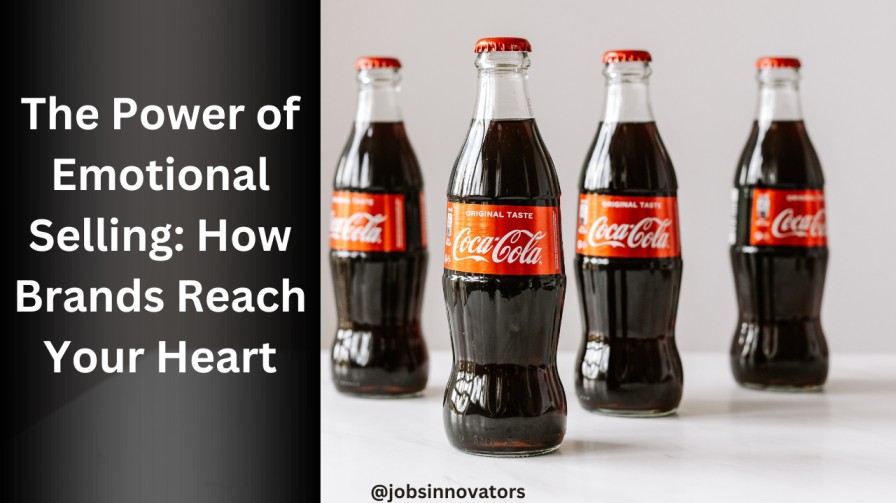
Ever noticed those ads that make you feel something? They’re not just selling a product; they’re selling an emotion. This technique, called emotional selling, is a powerful tool that brands like Red Bull, Coca-Cola, and McDonald’s use to connect with people on a deeper level.
Table of Contents
Red Bull: Gives You Wings
Red Bull doesn’t just sell an energy drink; it sells a feeling of exhilaration and pushing limits. Remember those ads with extreme sports? They don’t just show a can of Red Bull; they show people skydiving, surfing massive waves, or doing insane stunts. They want you to feel the rush, the thrill, and associate that feeling with their brand.
Coca-Cola: Share Happiness
Coca-Cola’s ads often revolve around happiness and togetherness. They don’t merely show a soda; they show friends laughing, families bonding, and moments of joy. Think about those heartwarming holiday commercials—they’re not about the drink itself; they’re about the feelings it evokes.
McDonald’s: I’m Lovin’ It
McDonald’s doesn’t just sell burgers and fries; it sells familiarity and comfort. Their ads focus on happy moments with friends, the joy of a quick meal, or the nostalgia of childhood. When you see those golden arches, they want you to think of happy times and good food.
Why Does Emotional Selling Work?
These brands know that emotions drive decisions. When an ad taps into your feelings, it creates a connection. You’re not just buying a drink, a meal, or a snack; you’re buying an experience, a feeling, a piece of happiness.
The Impact of Emotional Selling
Imagine watching a Red Bull ad that shows someone conquering a fear or a Coca-Cola ad that captures the warmth of a holiday. You might not even notice the absence of product photos because you’re too busy feeling something. That’s the power of emotional selling—it sticks with you.
So, the next time you see a brand’s ad that tugs at your heartstrings, remember, they’re not just selling a product; they’re selling an emotion. And that emotion might just make you choose their brand over others.